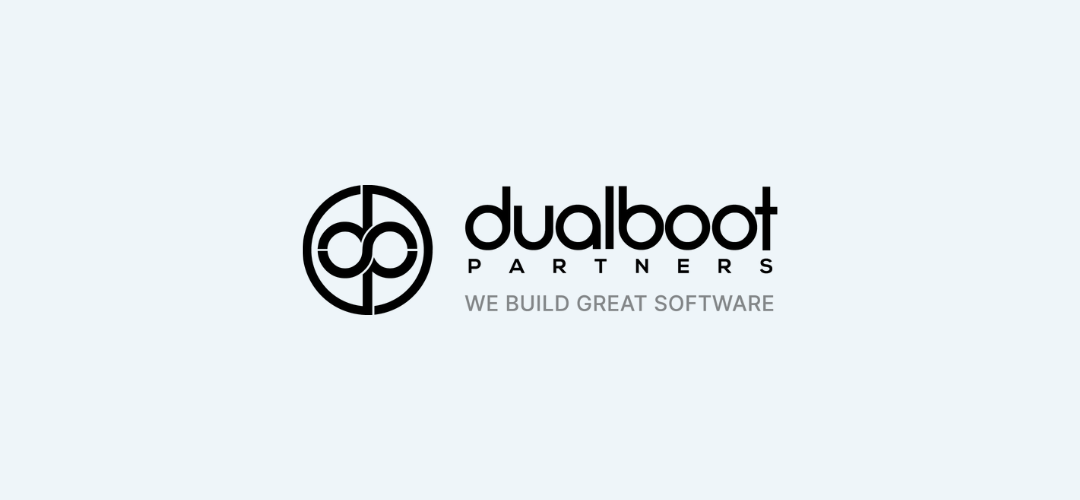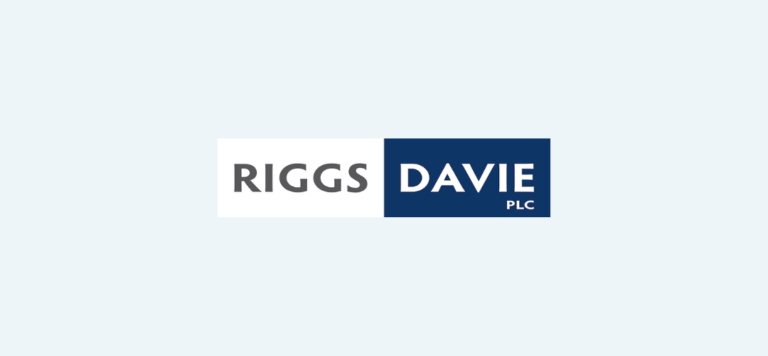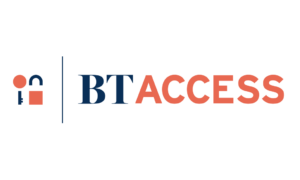Demystifying generative AI
What small business owners need to know about it and what’s coming next
If you’ve heard of ChatGPT, you’ve heard of generative AI.
For many small business owners, ChatGPT was their first exposure to the game-changing technology. It debuted in late 2022, and suddenly, anyone in the world could use generative AI to create content or write lines of code. But along with the excitement and seemingly limitless potential came a sense of apprehension. What would this mean for the millions of workers doing what generative AI could now do for free? Were businesses who were slow to adapt and adopt doomed to a competitive disadvantage?
Now, nearly two years after the launch of ChatGPT, 65% of global organizations regularly use generative AI, according to a 2024 survey from McKinsey. That’s nearly double the percentage from 2023. As a result of this increased adoption, we know a lot more about what generative AI can do – and what it can’t. And we have a more in-depth understanding of the impact it can have on businesses of all sizes.
Before we dig into all that, let’s start with the basics.
What Is Generative AI?
Generative AI is a subset of AI focused on creating new content, such as images, text, and music. It is able to interpret human language with a level of accuracy that was previously unheard of. As a result, it can condense long pieces of text in a matter of seconds. It can distill dense chunks of information into an efficient highlight reel. It can write lines of code. It can create images and art, compose music, and simulate human speech. Very often, it does these tasks really, really well, and companies rely on it for content creation and editing, code generation, email response drafting, and data analysis and reporting.
How Does Generative AI Work?
Generative AI systems are trained on extensive datasets to recognize patterns and structures in language, art, or music, allowing them to understand and replicate complex styles and concepts. This training process sounds simple – as though it’s a matter of putting data in and pulling out a fully functional generative AI tool. In reality, however, the training process involves intensive computational processes on specialized hardware where models are continuously adjusted and fine-tuned to produce accurate and coherent outputs.
In short, it takes effort and commitment. But the payoff can be significant.
What Can Generative AI Do For Businesses?
First and foremost, generative AI increases productivity – by as much as 40%, according to a 2023 Accenture study. Generative AI also leads to cost reductions (mostly in human resources), and 44% of organizations have seen revenue increases across all functions, with some even more significant than that, according to McKinsey. In marketing and sales, for instance, adoption of generative AI has more than doubled in the past year, generating revenue increases among 53% of organizations – some by double-digit percentages.
What Should I Be Worried About With Generative AI?
In the early days of generative AI, many people worried it would eliminate large numbers of creative positions. In reality, the past two years have shown that generative AI serves more to augment and enhance creative processes rather than replacing them entirely. Want proof? This article was written by a human being, with a little help from generative AI.
That’s not to say no jobs will be sacrificed as a result of generative AI, but the impact will be less than anticipated as generative AI is also leading to the creation of new skills and roles. For instance, LinkedIn’s 2024 Jobs on the Rise report found that AI consultants and engineers are among the 25 fastest-growing roles.
There are, however, some areas to be aware of when it comes to generative AI. The technology
still faces significant challenges in terms of accuracy and reliability, particularly when it comes to producing factual content or handling complex queries. Generative AI is also vulnerable to so-called AI hallucinations, instances where AI models generate plausible-sounding
but entirely fabricated information. Given this, cross-referencing and fact-checking are essential when working with generative AI.
Will AI Replace My Development Team?
The same question about the future of creative jobs in the time of generative AI has also been asked about the future of software development, and the short answer is, no.
Just as generative AI serves to augment the creative process in roles focused on writing or design, it serves the same purpose in the world of software development. It can streamline arduous processes, but it cannot replace the human component. Case in point: We recently launched a new tool called 3PO, which leverages a combination of artificial and human intelligence to help companies modernize their legacy software. AI brings speed and efficiency, and our experts focus on the fine-tuning to ensure the end result is the best possible outcome for our clients.
What’s Coming Next For Generative AI?
Moving forward, experts expect that generative AI will become an integral part of content creation and development workflows across industries. By 2025, for instance, Gartner predicts that 30% of outbound marketing messages from large organizations will be AI-generated. In addition, generative AI will make code generation more sophisticated and will allow for the creation of personalized learning materials and assessments on-demand.
In short, it’s not going away any time soon, and the future is full of possibility.
About the Author
Todd Buelow is a founder and principal at Dualboot Partners, which provides on-demand product design and software engineering services to businesses of all sizes. Dualboot Partners is a proud member of the BrainTrust Corporate Champions.








